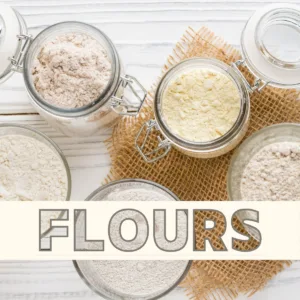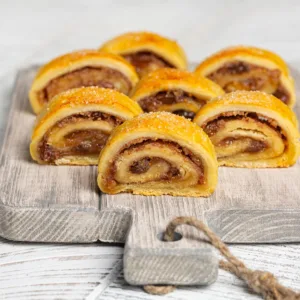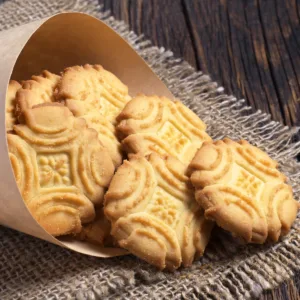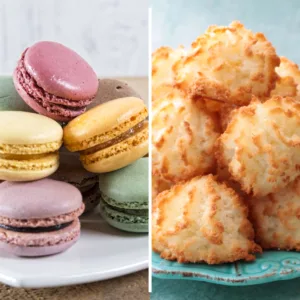When it comes to cookies, there are 3 Basic Cookie Textures to enjoy. From soft and chewy to crisp and crunchy, each texture brings a unique experience. Let’s explore the most sought-after cookie textures and learn how to achieve them.
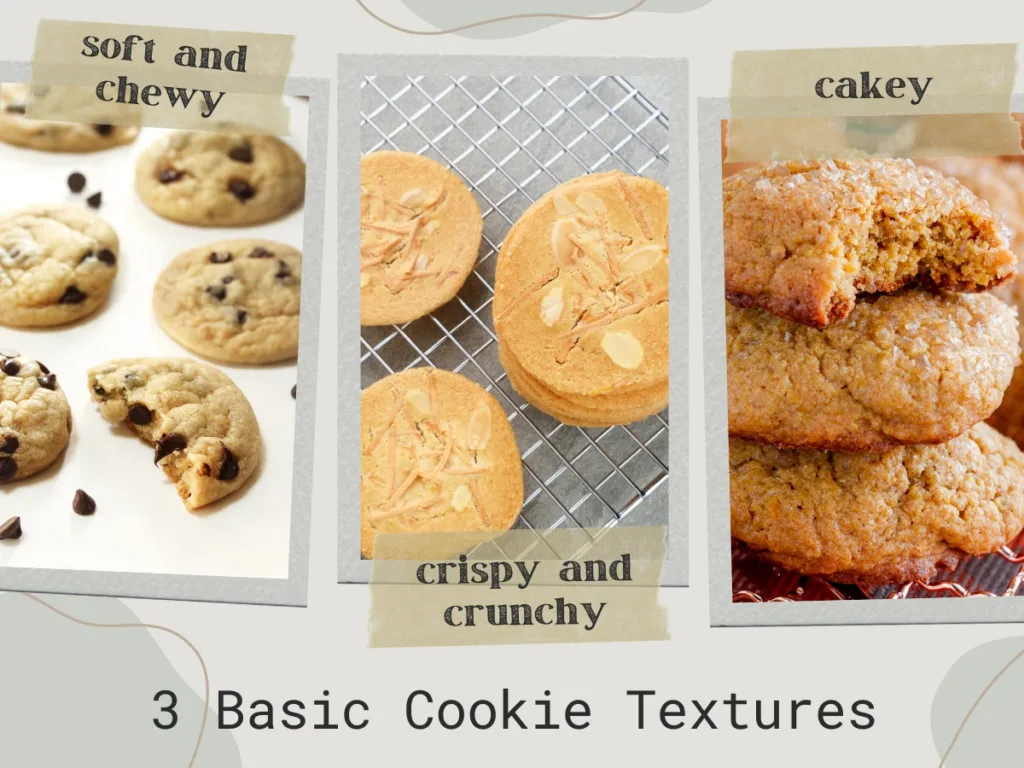
1. Soft and Chewy Cookie Texture
Soft and chewy cookies are a classic favorite for many. These cookies have a tender texture with a slight resistance when bitten into. They are often characterized by their moist and gooey centers, which make them incredibly indulgent. Soft and chewy cookies are perfect for those who enjoy a melt-in-your-mouth experience. They are often made with ingredients such as brown sugar and butter, which contribute to their delightful texture.
The secret to achieving that perfect soft and chewy texture lies in the ingredients and baking techniques. Start with high-quality butter, which adds richness and moisture to the cookies. Brown sugar is another key ingredient, as it helps create that soft and chewy texture. The combination of white and brown sugar adds a depth of flavor that enhances the overall taste.
When it comes to the flour, using a combination of all-purpose flour and a small amount of cornstarch can make a big difference. The cornstarch helps to tenderize the cookies and gives them that soft and chewy texture. Don’t forget to add a pinch of salt to balance the sweetness and enhance the flavors.
For an extra touch of decadence, consider adding mix-ins like chocolate chips, nuts, or dried fruit. These additions not only add flavor but also provide a delightful texture contrast to the soft and chewy cookie base.
When baking the cookies, be sure to slightly underbake them to achieve that soft and chewy center. They may appear slightly underdone when you take them out of the oven, but they will continue to firm up as they cool. Allow them to cool on the baking sheet for a few minutes before transferring them to a wire rack to cool completely.
2. Crispy and Crunchy Cookies
On the opposite end of the spectrum, we have crispy and crunchy cookies. These cookies offer a satisfying crunchy texture. Crispy and crunchy cookies are typically made with ingredients such as granulated sugar and butter, which contribute to their texture.
Here are a few tips on how to achieve a crispy and crunchy cookie texture:
1. Ingredients: The choice and ratio of ingredients play a significant role in cookie texture. For a crisp and crunchy outcome, recipes often call for a higher proportion of granulated sugar and butter. These ingredients promote the formation of caramelized edges and a golden brown color during baking.
2. Fat content: Fat content affects the texture of cookies. Butter, with its higher fat content, spreads more during baking and creates a thin, crispy texture. On the other hand, cookies made with shortening or margarine tend to be softer and chewier.
3. Leavening agents: The type and amount of leavening agents used can impact cookie texture. Baking powder and baking soda create air bubbles, which contribute to a lighter and crispier texture. However, too much leavening agent can cause cookies to spread too thin and become overly crunchy.
4. Temperature and baking time: Baking cookies at a higher temperature for a shorter duration can result in a crisper texture. The higher heat causes the butter to melt quickly, leading to a thin and crispy cookie. Conversely, baking at a lower temperature for a longer time produces a softer and chewier outcome.
5. Moisture content: Moisture plays a crucial role in cookie texture. Cookies with lower moisture content tend to be crispier. This can be achieved by using less liquid or adding ingredients like oats or nuts that absorb moisture during baking. Usually omitting eggs is a good way to achieve a crispy cookie texture.
Understanding the science behind crispy and crunchy cookies allows you to experiment with different ingredients and techniques to achieve your desired texture.
3. Cakey Cookies
Cakey cookies have a texture that is reminiscent of a soft and fluffy cake. They are light and tender, with a slightly crumbly texture.
One key factor in creating cakey cookies is the ratio of wet to dry ingredients. The more moisture in the dough, the softer and cake-like the cookies will be. Adding more eggs, butter, or liquid ingredients to the dough will result in a higher moisture content, leading to a softer texture.
The type of fat used in the recipe also plays a role in the texture of the cookies. Butter tends to produce a softer, cakey texture, while using vegetable shortening or margarine can result in a firmer, chewier texture. This is because butter contains more water, which contributes to the softness of the cookies.
The leavening agents used in the recipe, such as baking powder or baking soda, also affect the texture of the cookies. These agents create air bubbles in the dough, causing it to rise and become lighter. Using more leavening agents will result in a cakey texture, while using less will produce a denser, chewier cookie.
Baking temperature and time are crucial in determining the texture of the cookies as well. Higher temperatures and shorter baking times will result in cookies that spread more and have a softer texture. Lower temperatures and longer baking times will yield cookies that are denser and chewier.
So, the next time you’re baking cookies and want to achieve a cakey texture, remember to adjust the moisture content, fat type, leavening agents, and baking temperature and time. By understanding the contributing factors behind cakey cookies, you’ll be able to create the perfect batch every time.
Final Thoughts on Cookie Textures
As you can see, the world of cookie textures is vast and delightful. Whether you prefer a soft and chewy cookie or a crisp and crunchy one, there is a texture to satisfy every palate. So go ahead, indulge in the pleasure of trying different cookie textures and discover your personal favorite!
Hope you enjoyed this article and learned something new. It is always my intention to leave you with a little bit of knowledge after reading my posts.
Looking for a new seasonal recipe blog to follow? Explore new recipes on our food blog at Thyme of Season.
